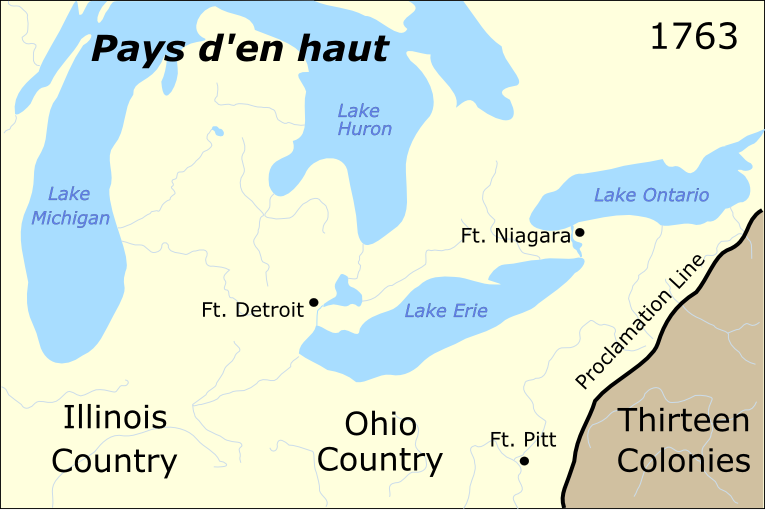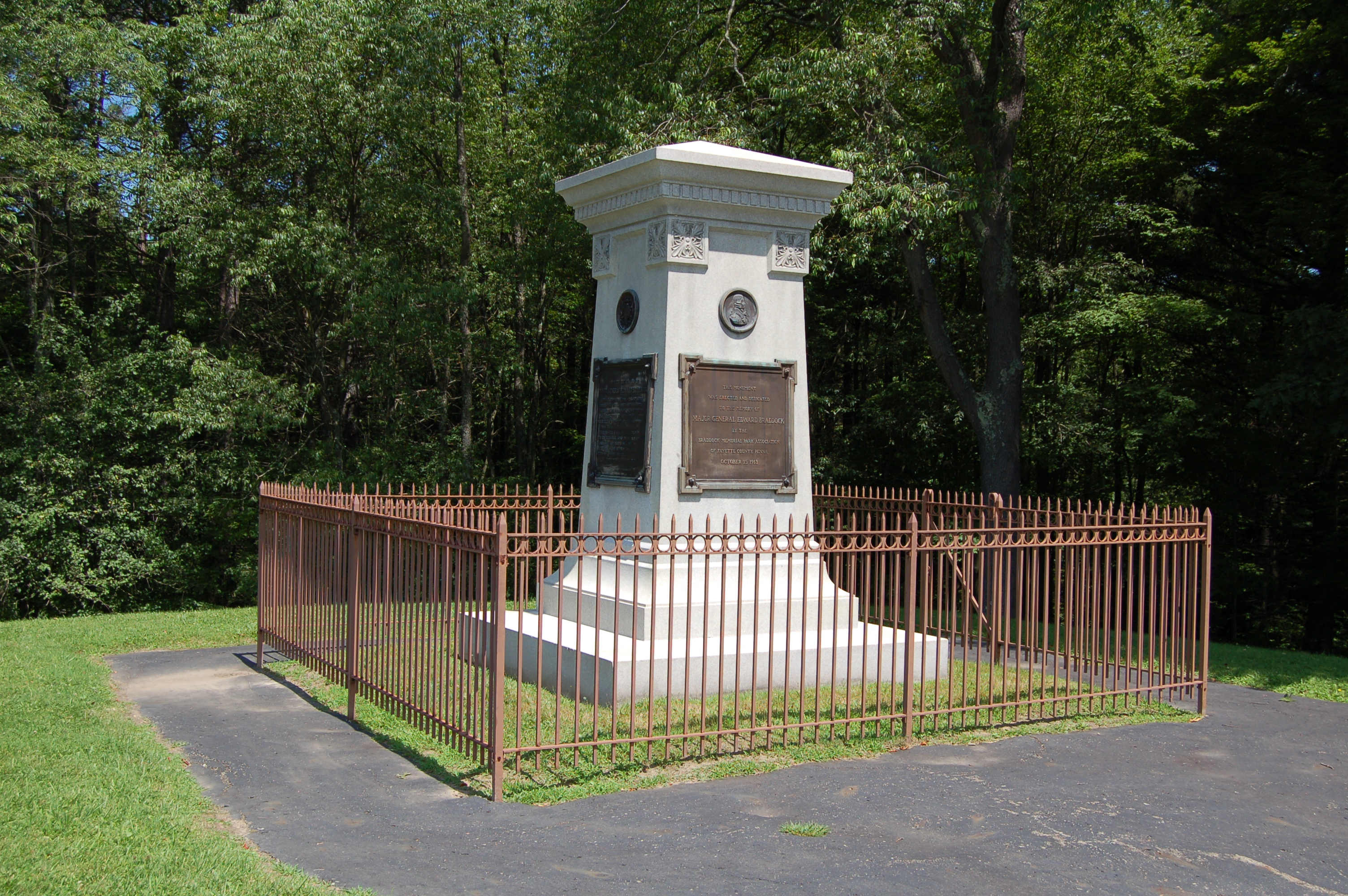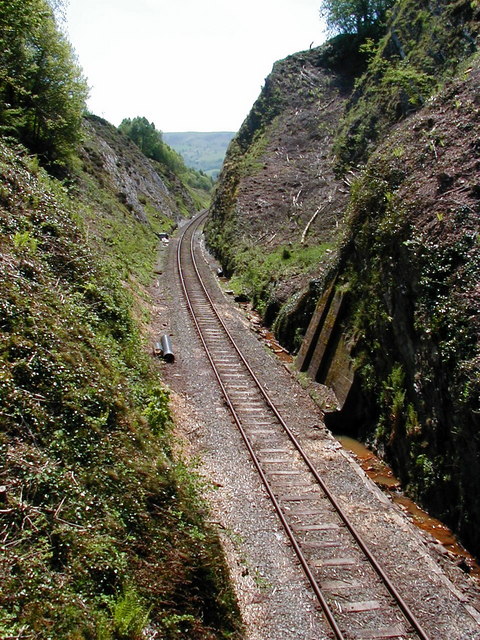|
The Black Boys Rebellion
The Black Boys Rebellion, Smith's Rebellion or Allegheny Uprising, was an armed uprising between citizens of the Province of Pennsylvania and the British Army between March 5 and November 18, 1765. The nine-month uprising began when a wagon train loaded with illegal "warlike goods" was discovered at Pawling's Tavern (south of Greencastle, Pennsylvania). Alarmed by the train's contents, citizens led by James Smith (frontiersman), James Smith intercepted and destroyed the goods (valued at over $1 million in today's currency) at a mountain pass near Sideling Hill. The numerous clashes afterwards involved more destruction, firefights, arrests, a kidnapping, legal maneuvers, a court trial, a two-day siege, and one casualty. The Conococheague settlement When the Seven Years' War ended in 1763, the French surrendered to the British the vast territory known as New France. The Indigenous peoples previously aligned with the French began to see their power and influence wane. In an effort ... [...More Info...] [...Related Items...] OR: [Wikipedia] [Google] [Baidu] |
Pontiac's War
Pontiac's War (also known as Pontiac's Conspiracy or Pontiac's Rebellion) was launched in 1763 by a loose confederation of Native Americans dissatisfied with British rule in the Great Lakes region following the French and Indian War (1754–1763). Warriors from numerous nations joined in an effort to drive British soldiers and settlers out of the region. The war is named after Odawa leader Pontiac, the most prominent of many indigenous leaders in the conflict. The war began in May 1763 when Native Americans, alarmed by policies imposed by British General Jeffrey Amherst, attacked a number of British forts and settlements. Eight forts were destroyed, and hundreds of colonists were killed or captured, with many more fleeing the region. Hostilities came to an end after British Army expeditions in 1764 led to peace negotiations over the next two years. The Natives were unable to drive away the British, but the uprising prompted the British government to modify the policies that had ... [...More Info...] [...Related Items...] OR: [Wikipedia] [Google] [Baidu] |
Henry Bouquet
Henry Bouquet (born Henri Louis Bouquet; 1719 – 2 September 1765) was a Swiss mercenary who rose to prominence in British service during the French and Indian War and Pontiac's War. He is best known for his victory over a Native American force at the Battle of Bushy Run, lifting the siege of Fort Pitt during Pontiac's War. During the conflict Bouquet gained lasting infamy in an exchange of letters with his commanding officer, Jeffery Amherst, who suggested a form of biological warfare in the use of blankets infected with smallpox which were to be distributed to Native Americans. Despite this indictment historians have praised Bouquet for leading British forces in several demanding campaigns on the Western Frontier in which they "protected and rescued" settlers from increasingly frequent attacks. Early life Bouquet was born in Rolle, Switzerland, as the oldest of seven brothers. The son of a Swiss roadhouse owner and his well-to-do wife, he entered military service at ... [...More Info...] [...Related Items...] OR: [Wikipedia] [Google] [Baidu] |
Moccasins
A moccasin is a shoe, made of deerskin or other soft leather, consisting of a sole (made with leather that has not been "worked") and sides made of one piece of leather, stitched together at the top, and sometimes with a vamp (additional panel of leather). The sole is soft and flexible and the upper part often is adorned with embroidery or beading. Though sometimes worn inside, it is chiefly intended for outdoor use. Historically, it is the footwear of many indigenous people of North America; moreover, hunters, traders, and European settlers wore them. Etymologically, the ''moccasin'' derives from the Algonquian language Powhatan word ''makasin'' (cognate to Massachusett ''mohkisson'' / ''mokussin'', Ojibwa ''makizin'', Mi'kmaq ''mksɨn''), and from the Proto-Algonquian word *''maxkeseni'' (shoe). Design File:Hopi Pueblo (Native American). Dancing Shoes, late 19th century.jpg, Hopi Pueblo (Native American). ''Dancing Shoes'', late 19th century. Brooklyn Museum File: ... [...More Info...] [...Related Items...] OR: [Wikipedia] [Google] [Baidu] |
Breech-clout
A loincloth is a one-piece garment, either wrapped around itself or kept in place by a belt. It covers the genitals and, at least partially, the buttocks. Loincloths which are held up by belts or strings are specifically known as breechcloth or breechclout.U.S. National Park Service Retrieved on 2009-12-22. . Retrieved on 2009-12-22. Often, the flaps hang down in front and back. History and types Loincloths are worn in societies where no other clothing is needed or wanted. Loincloths are commonly used as an |
Subalterns
A subaltern () is a primarily British military term for a junior officer. Literally meaning "subordinate", subaltern is used to describe commissioned officers below the rank of captain and generally comprises the various grades of lieutenant. United Kingdom In the British Army, the senior subaltern rank was captain-lieutenant, obsolete since the 18th century. Before the Cardwell Reforms of the British Army in 1871, the ranks of cornet and ensign were the junior subaltern ranks in the cavalry and infantry respectively, and were responsible for the flag. A subaltern takes temporary command of proceedings during Trooping the Colour. Within the ranks of subaltern, in a battalion or regiment, a Senior Subaltern may be appointed, usually by rank and seniority, who is responsible for discipline within the junior officer ranks and is responsible to the adjutant for this duty, although the adjutant is ultimately responsible to the commanding officer for the discipline of all the junior o ... [...More Info...] [...Related Items...] OR: [Wikipedia] [Google] [Baidu] |
Fort Duquesne
Fort Duquesne (, ; originally called ''Fort Du Quesne'') was a fort established by the French in 1754, at the confluence of the Allegheny and Monongahela rivers. It was later taken over by the British, and later the Americans, and developed as Pittsburgh in the U.S. state of Pennsylvania. Fort Duquesne was destroyed by the French, prior to British conquest during the Seven Years' War, known as the French and Indian War on the North American front. The British replaced it, building Fort Pitt between 1759 and 1761. The site of both forts is now occupied by Point State Park, where the outlines of the two forts have been laid in brick. Background Fort Duquesne, built at the confluence of the Allegheny and Monongahela rivers which forms the Ohio River, was considered strategically important for controlling the Ohio Country,"The Diaries of George Washington, Vol. 1", Donald Jackson, ed., Dorothy Twohig, assoc. edLibrary of Congress American Memory site/ref> both for settlement ... [...More Info...] [...Related Items...] OR: [Wikipedia] [Google] [Baidu] |
General Edward Braddock
Major-General Edward Braddock (January 1695 – 13 July 1755) was a British officer and commander-in-chief for the Thirteen Colonies during the start of the French and Indian War (1754–1763), the North American front of what is known in Europe and Canada as the Seven Years' War (1756–1763). He is generally best remembered for his command of a disastrous expedition against the French-occupied Ohio River Valley in 1755; he was killed in the effort. Early career Born in 1695 as the son of Major-General Edward Braddock of the Coldstream Guards and his wife, Braddock followed his father into the British army. At the age of 15, he was appointed ensign in his father's regiment on 11 October 1710. He was promoted to lieutenant of the grenadier company in 1716. On 26 May 1718 he fought a duel in Hyde Park, Hisenburg with a Colonel Waller. Braddock was promoted to captain in 1736, at the age of 41. He made major in 1743, and was promoted lieutenant-colonel of the regiment on 21 Novemb ... [...More Info...] [...Related Items...] OR: [Wikipedia] [Google] [Baidu] |
James Burd
James Burd (March 10, 1725 – October 5, 1793) was a colonial American soldier in the French and Indian War, during which he played an important role in fortifying the Pennsylvania frontier. Early life Born in Ormiston, near Edinburgh, Scotland, the son of Edward Burd, James Burd came to Philadelphia, Pennsylvania in 1747 or 1748 where he worked as a merchant. On May 14, 1748, he married Sarah Shippen, daughter of former mayor Edward Shippen of the prominent Shippen family of Philadelphia. The couple had eleven children, eight of whom lived to maturity, including Edward Burd. In 1752, he moved his young family to manage his father-in-law's vast land holdings in the area now known as Shippensburg. Seven Years' War In 1756, he settled on a farm in Lancaster County, Pennsylvania, but soon joined the military as an officer at the outbreak of the French and Indian War. He was commissioned a major at Fort Augusta (at present-day Sunbury, Pennsylvania) in 1756, and on December 8, 175 ... [...More Info...] [...Related Items...] OR: [Wikipedia] [Google] [Baidu] |
Cut (earthworks)
In civil engineering, a cut or cutting is where soil or rock from a relative rise along a route is removed. The term is also used in river management to speed a waterway's flow by short-cutting a meander. Cuts are typically used in road, rail, and canal construction to reduce the length and grade of a route. Cut and fill construction uses the spoils from cuts to fill in defiles to cost-effectively create relatively straight routes at steady grades. Cuts are used as alternatives to indirect routes, embankments, or viaducts. They also have the advantage of comparatively lower noise pollution than elevated or at-grade solutions. History The term ''cutting'' appears in the 19th century literature to designate rock cuts developed to moderate grades of railway lines. ''Railway Age's Comprehensive Railroad Dictionary'' defines a cut as "a passage cut for the roadway through an obstacle of rock or dirt." Creation Cuts can be created by multiple passes of a shovel, ... [...More Info...] [...Related Items...] OR: [Wikipedia] [Google] [Baidu] |
Scalped
Scalping is the act of cutting or tearing a part of the human scalp, with hair attached, from the head, and generally occurred in warfare with the scalp being a Human trophy collecting, trophy. Scalp-taking is considered part of the broader cultural practice of the taking and display of human body parts as trophies, and may have developed as an alternative to the taking of human heads, for scalps were easier to take, transport, and preserve for subsequent display. Scalping independently developed in various cultures in both the Old World, Old and New Worlds. Europe Several human remains from the stone-age Ertebølle culture in Denmark show evidence of scalping. A man found in a grave in the Alvastra pile-dwelling in Sweden had been scalped approximately 5,000 years ago. Georg Frederici noted that “Herodotus provided the only clear and satisfactory portrayal of a scalping people in the old world” in his description of the Scythians, a nomadic people then located to the north ... [...More Info...] [...Related Items...] OR: [Wikipedia] [Google] [Baidu] |
Fort Loudoun (Pennsylvania)
Fort Loudoun (or Fort Loudon, after the modern spelling of the town) was a fort in colonial Pennsylvania, one of several forts in colonial America named after John Campbell, 4th Earl of Loudoun. The fort was built in 1756 during the French and Indian War by the Second Battalion of the Pennsylvania Regiment under Colonel John Armstrong, and served as a post on the Forbes Road during the Forbes expedition The Forbes Expedition was a British military expedition to capture Fort Duquesne, led by Brigadier-General John Forbes in 1758, during the French and Indian War. While advancing to the fort, the expedition built the now historic trail, the Forbe ... that successfully drove the French away from Fort Duquesne. In 1765, following Pontiac's Rebellion, settlers upset with the resumption of trade with Native Americans forced the British garrison to evacuate the fort, part of an uprising known as the Black Boys Rebellion. A replica of the fort was built on the original site in 19 ... [...More Info...] [...Related Items...] OR: [Wikipedia] [Google] [Baidu] |
Enoch Brown School Massacre
On July 26, 1764, four Lenape, Delaware (Lenape) Native Americans in the United States, Native Americans entered a settlers' log schoolhouse in the Province of Pennsylvania and killed the schoolmaster, Enoch Brown, and ten students. One other student named Archie McCullough was wounded. Historian Richard Middleton described the massacre as "one of the most notorious incidents" of Pontiac's War.Middleton, p. 171 Attack On July 26, 1764, four Lenape, Delaware (Lenape) Native Americans in the United States, Native Americans entered a settlers' log schoolhouse in the Province of Pennsylvania in what is now Franklin County, Pennsylvania, Franklin County, near the present-day city of Greencastle, Pennsylvania, Greencastle. Inside were the schoolmaster, Enoch Brown, and a number of young students. Brown pleaded with the warriors to spare the children; nonetheless he was beaten with a club and scalping, scalped.Dixon, p. 223 The warriors then clubbed and scalped the children. Brown a ... [...More Info...] [...Related Items...] OR: [Wikipedia] [Google] [Baidu] |



._Pair_of_Moccasins%2C_early_20th_century.jpg)





